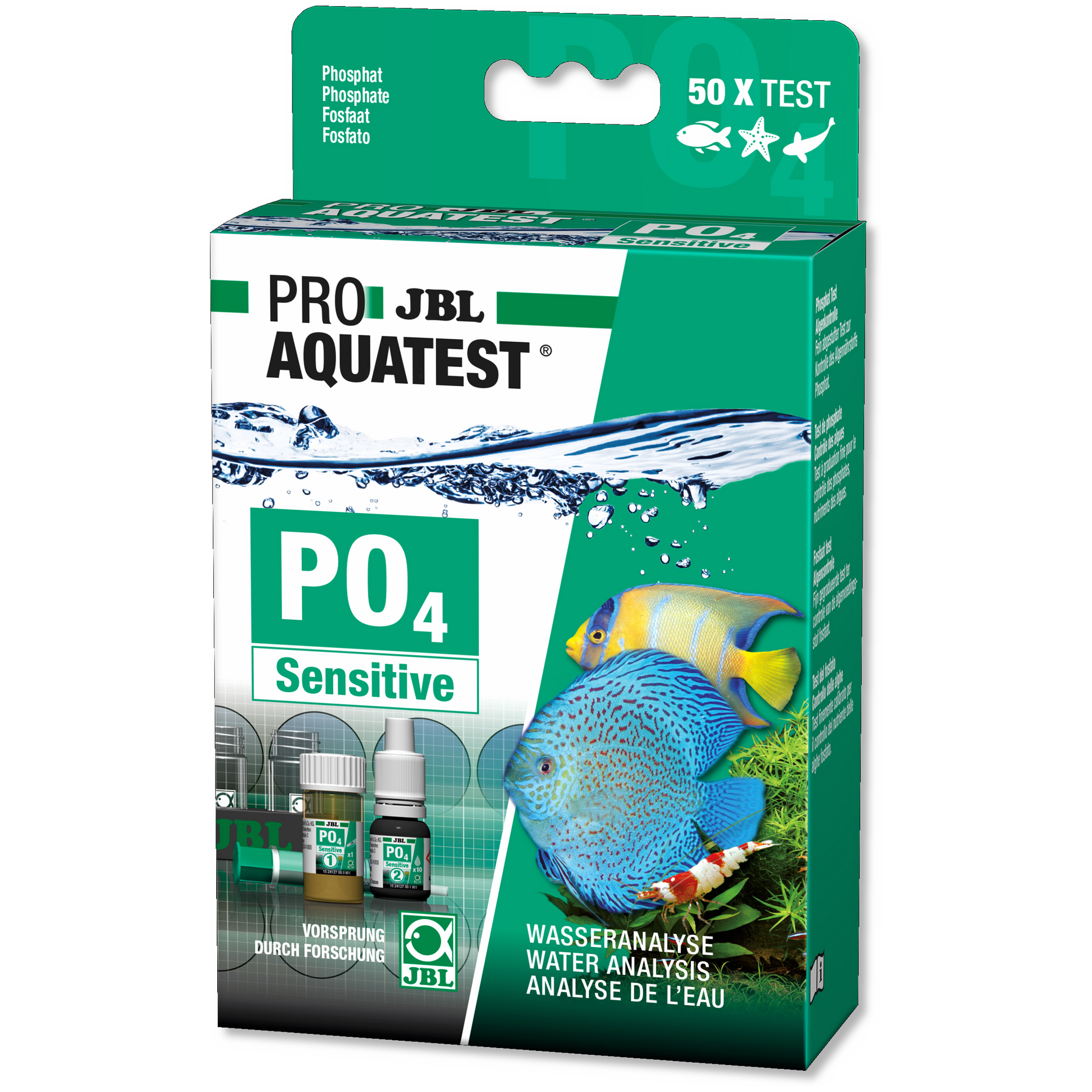Hi all,
I'm going to tell you the simple answer is to have plenty of plants in active growth, and then you can ignore ammonia (NH3), it is never going to build up to toxic levels.
I have access to <"
an analytical lab">, but even then there are some issues and I don't test for ammonia in the aquariums.
All I have a brand new tank that I'm keeping a journal on. I'm trying to track ammonia levels after water changes and what not.
the problem is I personally cannot perceive very well the difference on the ammonia chart of the 0.25 the 0.5 and 1.0. they look very similar under most lighting conditions to me.
You really need a much <"
more sensitive measurement method">. Testing for any gas (NH3) <"
is problematic">, but with ammonia/ammonium you can convert it to the ammonium ion by lowering the pH (or into NH3 gas by raising the pH).
The two colorimetric methods available are <"
the Nessler method"> in which potassium, mercury, and iodine react with to create a yellow-brownish colored compound and the salicyate method in which "
free ammonia reacts with hypochlorite to form monochloramine. Monochloramine reacts with salicylate, in the presence of sodium nitro-ferricyanide, to form 5-aminosalicylate, a blue-colored compound". The color intensity of the final compound is proportional to the concentration of NH3/NH4+ in the sample, in both cases.
<"
An ion selective electrode"> would do, but they are expensive bits of kit and you still need to convert all the <"
TAN to the ammonium ion (NH4+)">, or to NH3, before you can get a reading.
cheers Darrel




